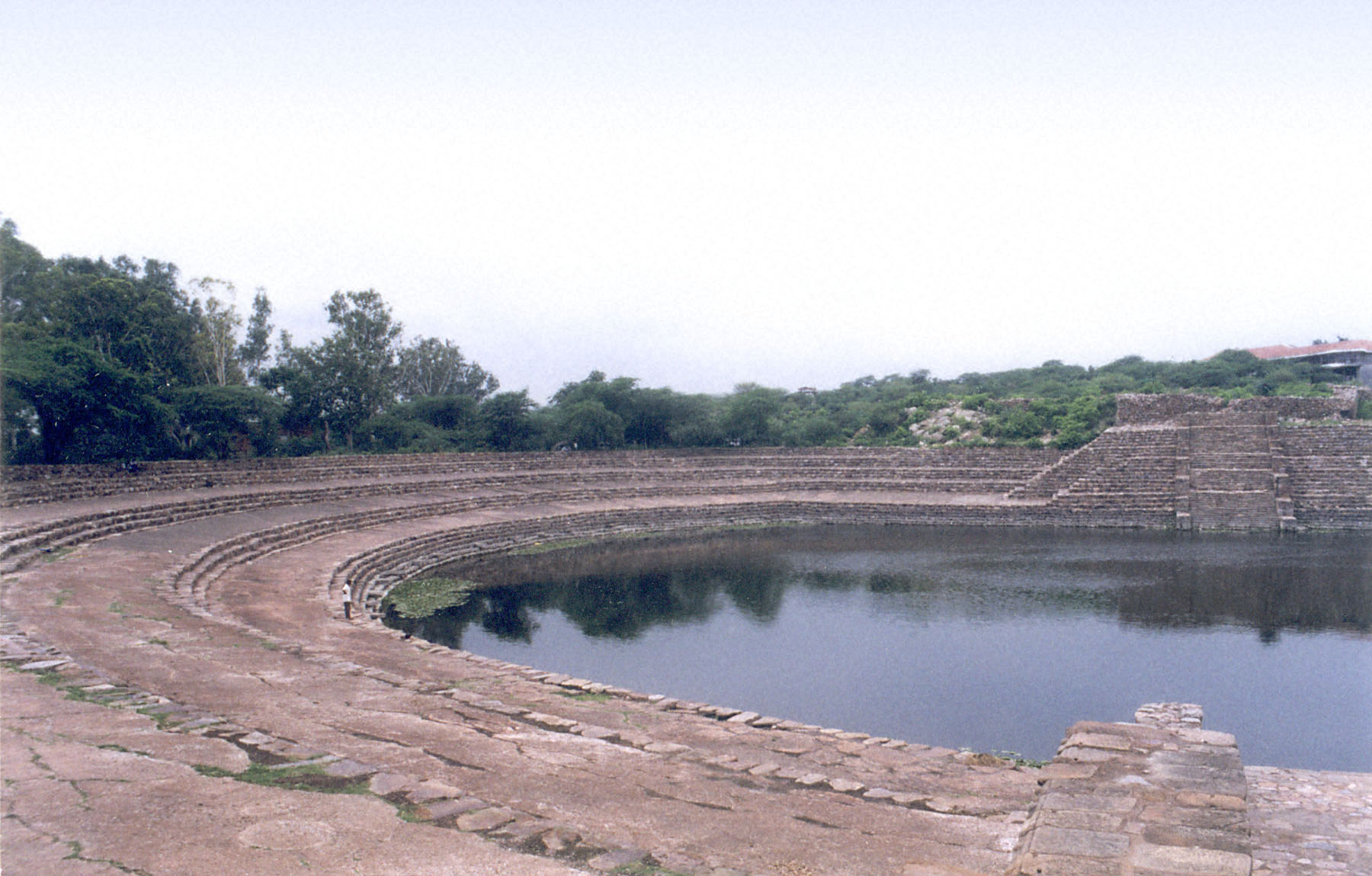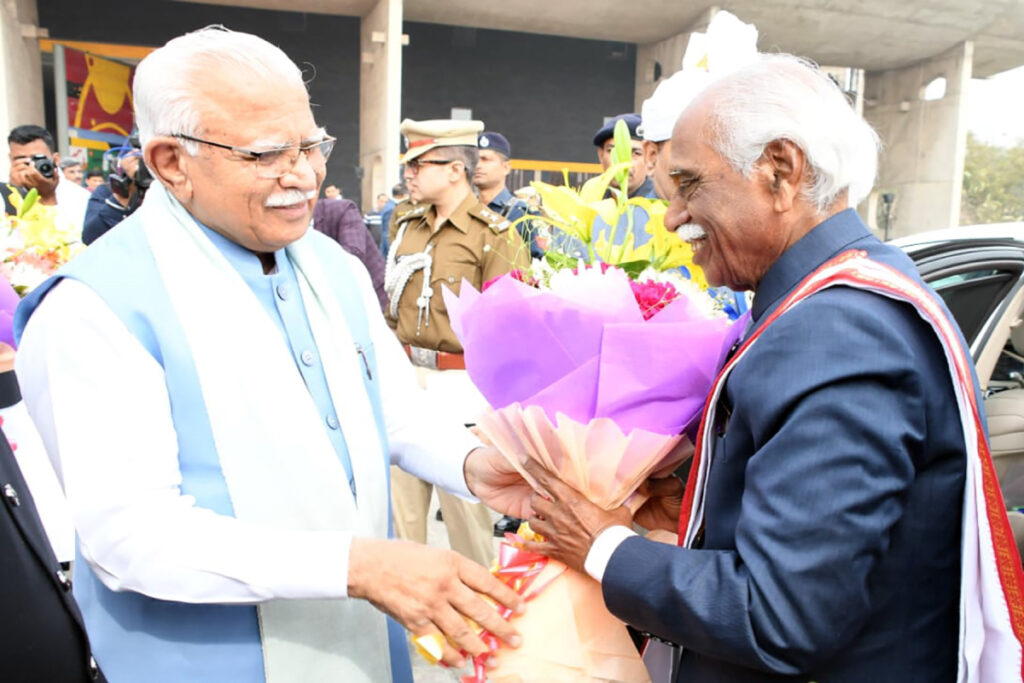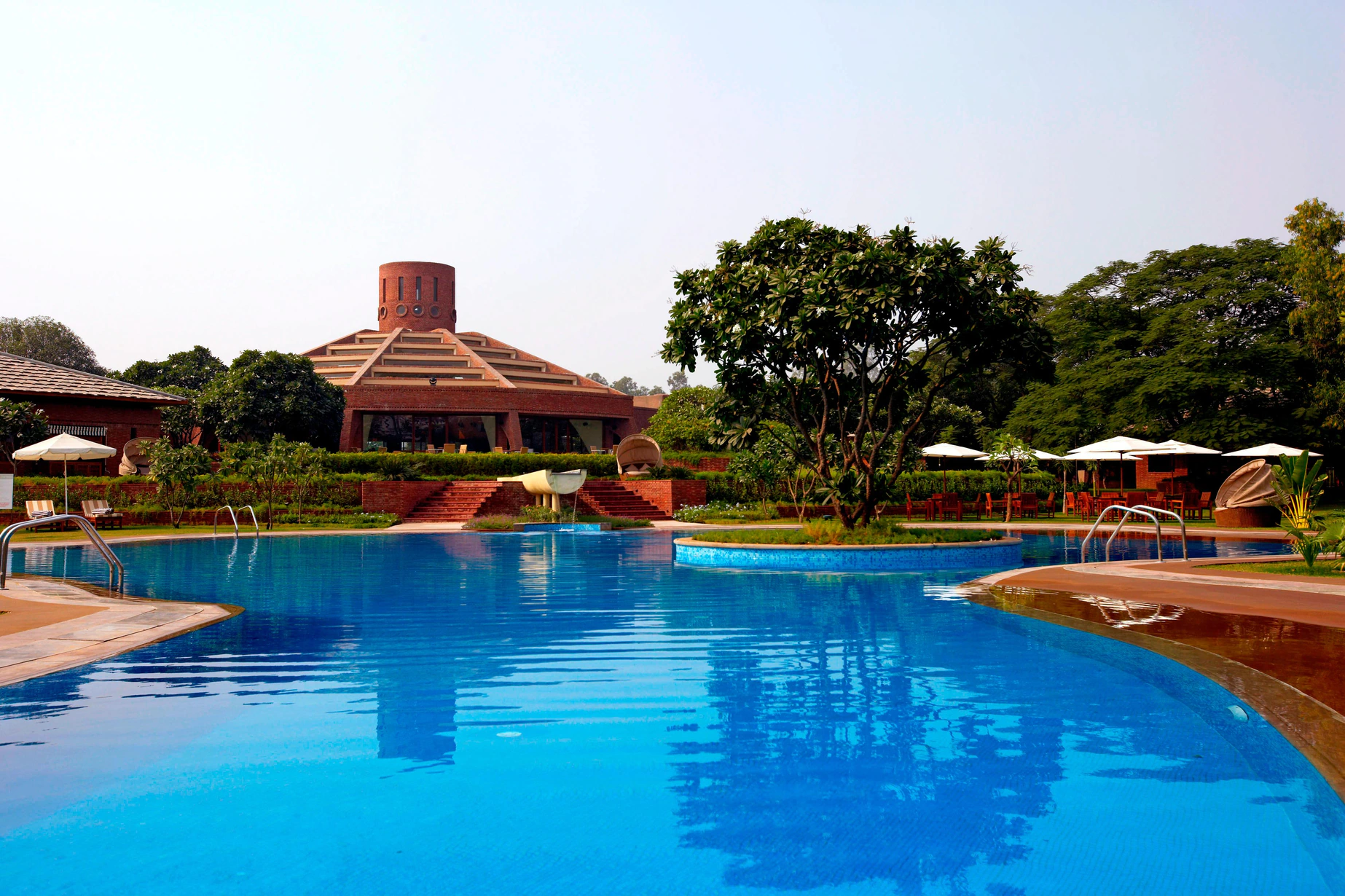Haryana
WELCOME TO Haryana
State Overview
Chandigarh
44,212 km2
28.2 million
Hindi

Popular
Geography and Tourist Attractions
Information about the state's tourist attractions, including popular destinations, events, and activities.

Sultanpur National Park

Surajkund

Morni Hills
Political
Economy and Government
The state of Haryana in India has a dynamic economy and a stable government that has played a significant role in its development and growth. With a strategic location near the national capital, Delhi, Haryana has emerged as an important industrial and agricultural hub.
Haryana's economy is diverse, with sectors such as manufacturing, agriculture, services, and information technology contributing significantly to its GDP. The state is known for its automobile and manufacturing industries, with major companies setting up their operations in cities like Gurgaon, Faridabad, and Manesar. Haryana is also a leading agricultural state, producing a variety of crops such as wheat, rice, sugarcane, and mustard.
The government of Haryana has implemented various policies and initiatives to promote investment, infrastructure development, and ease of doing business. It has focused on creating industrial corridors, improving connectivity, and providing a favorable business environment. Haryana's proactive approach in attracting domestic and foreign investments has resulted in the establishment of numerous industrial clusters and special economic zones.
The government has also prioritized social welfare programs, education, healthcare, and rural development. Initiatives such as Beti Bachao Beti Padhao (Save the Daughter, Educate the Daughter) and Saksham Haryana have been launched to address social issues and empower marginalized communities.
Overall, Haryana's strong economy and efficient governance have contributed to its growth and development, making it an important contributor to India's economy and a favorable destination for businesses and investors.

History
History and Culture
The history and culture of Haryana, India, are deeply rooted in its ancient past and rich heritage. The region has a significant historical importance, with various kingdoms and empires ruling over the land throughout the centuries.
Haryana was a part of the Indus Valley Civilization, and it witnessed the rise and fall of several powerful dynasties, including the Mauryas, Guptas, Rajputs, and Mughals. The land holds the remnants of ancient cities, forts, and monuments that stand as a testament to its glorious past.
The cultural heritage of Haryana is diverse and vibrant. Folk music and dance forms like Phag, Chhathi, and Ghoomar are an integral part of the cultural fabric. The state is also known for its distinct art forms, including the famous Phulkari embroidery and clay pottery.
Haryana celebrates numerous festivals with great enthusiasm, including Teej, Lohri, and Holi. These festivals are marked by vibrant processions, traditional attire, music, and dance performances.
The people of Haryana take immense pride in their traditional values, hospitality, and martial arts. The state has produced renowned athletes in sports like wrestling, kabaddi, and boxing, earning it a reputation for being the birthplace of Indian wrestlers.
In recent years, Haryana has seen a resurgence of cultural activities, with the promotion of traditional arts, literature, and heritage tourism. The government has undertaken initiatives to preserve and showcase the rich history and culture of the state, ensuring its legacy lives on for future generations.
HOTELS

The Oberoi Gurgaon

The Westin Sohna Resort and Spa

The Leela Ambience Gurugram Hotel & Residences
RESTAURANTS

Lavaash by Saby

Thyme Restaurant

